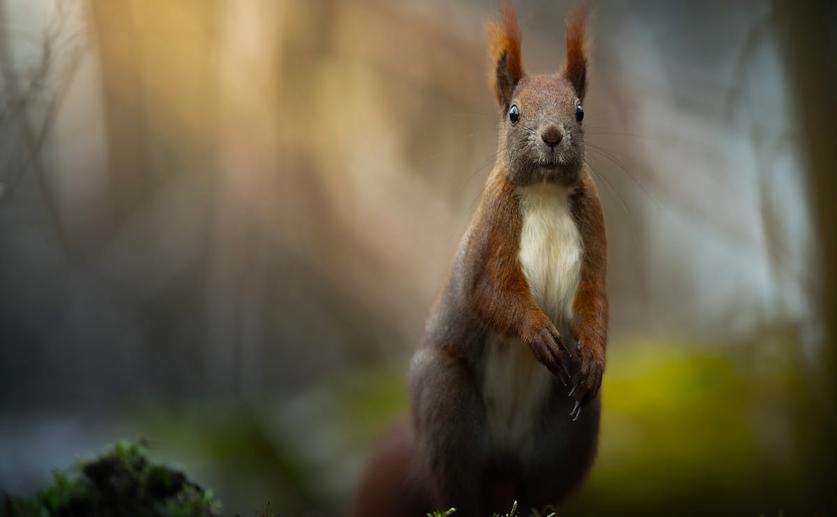
Dynamic Home Range of Small Rodents: A Pilot Study
Greg Howard
16th July, 2024

Image Source: Daniil Komov (photographer)
Key Findings
- The study was conducted in Dividalen, northern Norway, to map the home ranges of grey-sided voles using radio-tracking
- Reproductively active male voles had larger home ranges compared to females and non-reproductive males
- The home ranges of grey-sided voles overlapped significantly, indicating a non-territorial social structure
References
Main Study
1) Dynamic home range of the grey-sided vole Craseomys rufocanus: a pilot study
Published 15th July, 2024
https://doi.org/10.1186/s40850-024-00209-9
Related Studies
2) Influence of Reproductive Status: Home Range Size in Water Voles (Arvicola amphibius).
3) Reassessment of the taxonomic status of Craseomys and three controversial species of Myodes and Alticola (Rodentia: Arvicolinae).
4) The effect of kinship on spacing among female red-backed voles, Clethrionomys rufocanus bedfordiae.



 17th May, 2024 | Jenn Hoskins
17th May, 2024 | Jenn Hoskins